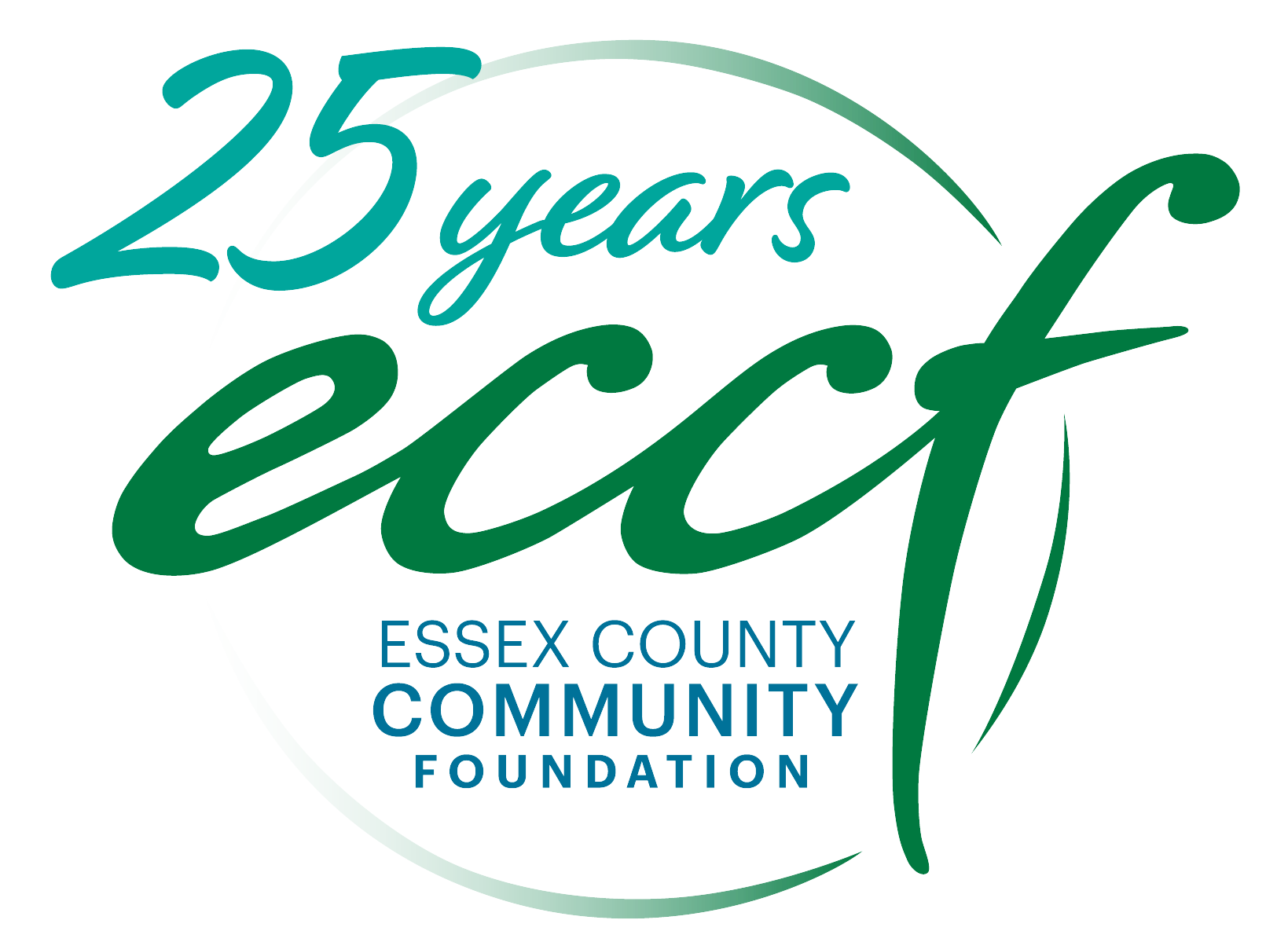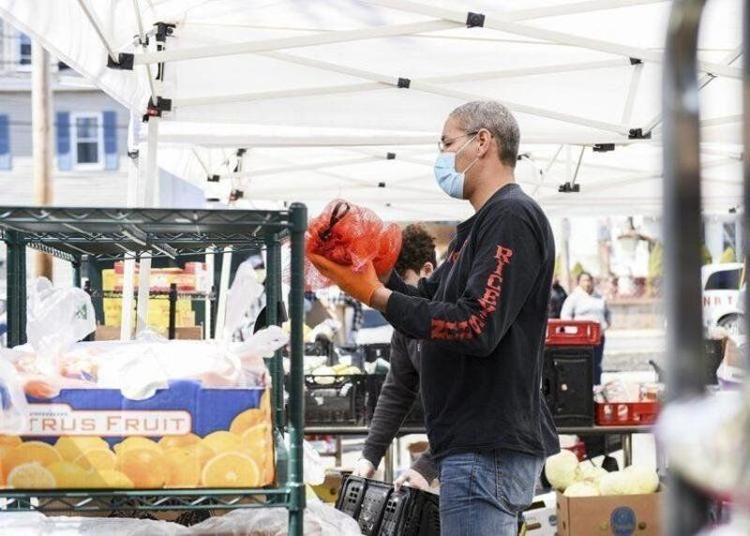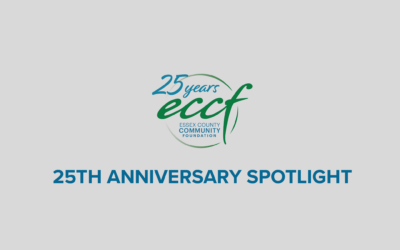COLUMN IN THE SALEM NEWS
By Stratton Lloyd and Michelle Xiarhos Curran
SEE ORIGINAL COLUMN IN THE SALEM NEWS HERE.
Prior to the arrival of COVID-19, some parts of Essex County were thriving.
The overall unemployment rate – which had been declining steadily since the Great Recession – was 3% and Essex County was on the tail end of a 21% spike in job growth. Residents were slowly becoming less reliant on SNAP (down 1%), the government program providing low-income families with funding for food. In 2019, 87% of the region’s seniors graduated high school, compared to 77% in 2006. And 55% of Essex County third graders were considered proficient in reading, up 5% from 2018.
But not everyone was sharing in the region’s pre-COVID success. There is another side to Essex County’s story, one that includes deep pockets of poverty, economic struggle, low student achievement and unequal access to resources. According to ImpactEssexCounty.org, Essex County Community Foundation’s recently updated data website that tracks the health of our region:
- In 2015-2019, 10% of Essex County residents lived in poverty; but for the cities of Lynn and Lawrence, those rates jumped to 16% and 22% respectively;
- 4.3% of whites were unemployed, but that figure rose to 5.9% and 7.9% for Black and Hispanic residents in 2015-2019;
- In 2019, only 39% of economically disadvantaged third graders could read, compared to 65% of students who were not economically disadvantaged;
- 11% of whites relied on SNAP benefits for monthly groceries, whereas 25% of Blacks and 38% of Hispanics participated in the program;
- The COVID Effect: Losing positive gains and widening disparities
The COVID-19 pandemic, which has now gripped us for a full year, not only threatens to quash many of the positive trends we were experiencing in Essex County, but it has also more fully exposed and widened the disparities that already existed.
According to the latest figures from the Bureau of Labor Statistics, Essex County’s unemployment rate, which had climbed to 19.9% last summer, now rests at 8.3%, close to three times the rate for 2019. State data revealed that by the end of 2020, there was a startling 20% increase in the number of people reliant on SNAP benefits, and Feeding America estimates Essex County’s 2020 food insecurity rate to be 13.7%, up 8% from 2018 and among the highest in Massachusetts. The futures of students and small businesses – both upended during the pandemic – are still being decided too as we begin to anticipate and navigate a post-COVID world. Recent studies show that reading fluency is roughly 30% behind what would be expected in a typical year and new survey numbers indicate that an increasing number of small businesses – especially those owned by people of color and women – cannot afford their monthly rent, let alone generate new jobs.
In the last 12 months, we’ve seen how disparities in all these areas and more – including digital access and access to healthcare – have grown, certainly in the near term. Now we must navigate the enduring impact COVID-19 could have for years to come. This work comes at a time when Essex County is caught in the crosshairs of an economic squeeze, wedged between sluggish wage growth and increased living expenses.
Essex County’s average salary increased just 6% between 2000-2019, compared to 15% in the state and 15% in nearby Middlesex County.
Renters in Essex County spent 38% of their household income on rent in 2015-2019, up from 28% in 2000 and higher than both the state at 34% and Middlesex County at 31%.
There are realities we must face and work we must do – together.
Launched in 2016, ImpactEssexCounty.org was designed to inform the type of collaborative work needed to navigate our obstacles. A place for all of us to come together to track Essex County’s challenges and progress, the updated site includes data on more than 100 community indicators in areas from education to financial self-sufficiency and many more. The site now also includes data on racial equity, information that has become foundational to Essex County’s recovery from COVID and the region’s prosperity in a post-COVID world.
Essex County’s story tells us that many of our challenges are interconnected, that while we must invest in areas such as workforce development, education, health/wellbeing and food justice to move Essex County forward for all, we also have to connect the dots.
The community college that talks with local employers who communicate with the workforce investment board that engages individuals looking for a better life. This is just one example of how you build a coalition of support. This is how you strengthen a system.
The data can’t tell us what to do, but it certainly shows us why we need to do it. And for this reason, ImpactEssexCounty.org has become a critical investment in our region’s future. We encourage everyone – nonprofits, municipalities, businesses and community leaders – to explore the site. Then, make connections, brainstorm and innovate. Solve problems together and help write Essex County’s story.
Stratton Lloyd is executive vice president and COO at Essex County Community Foundation. Michelle Xiarhos Curran is the foundation’s communications writer.



